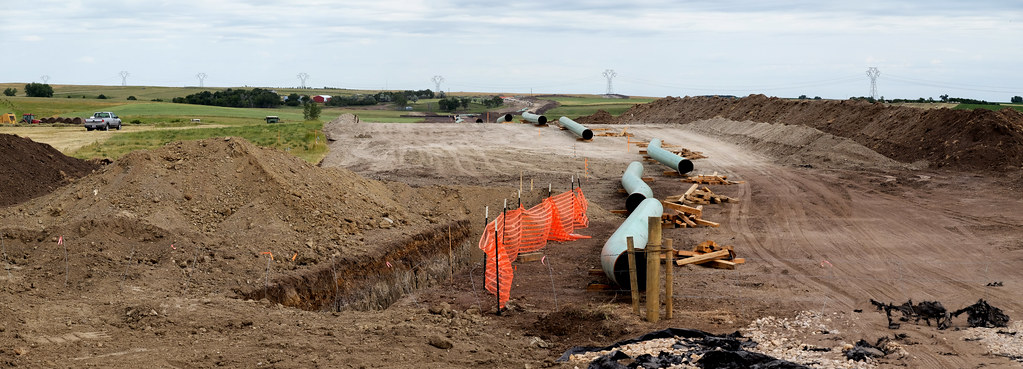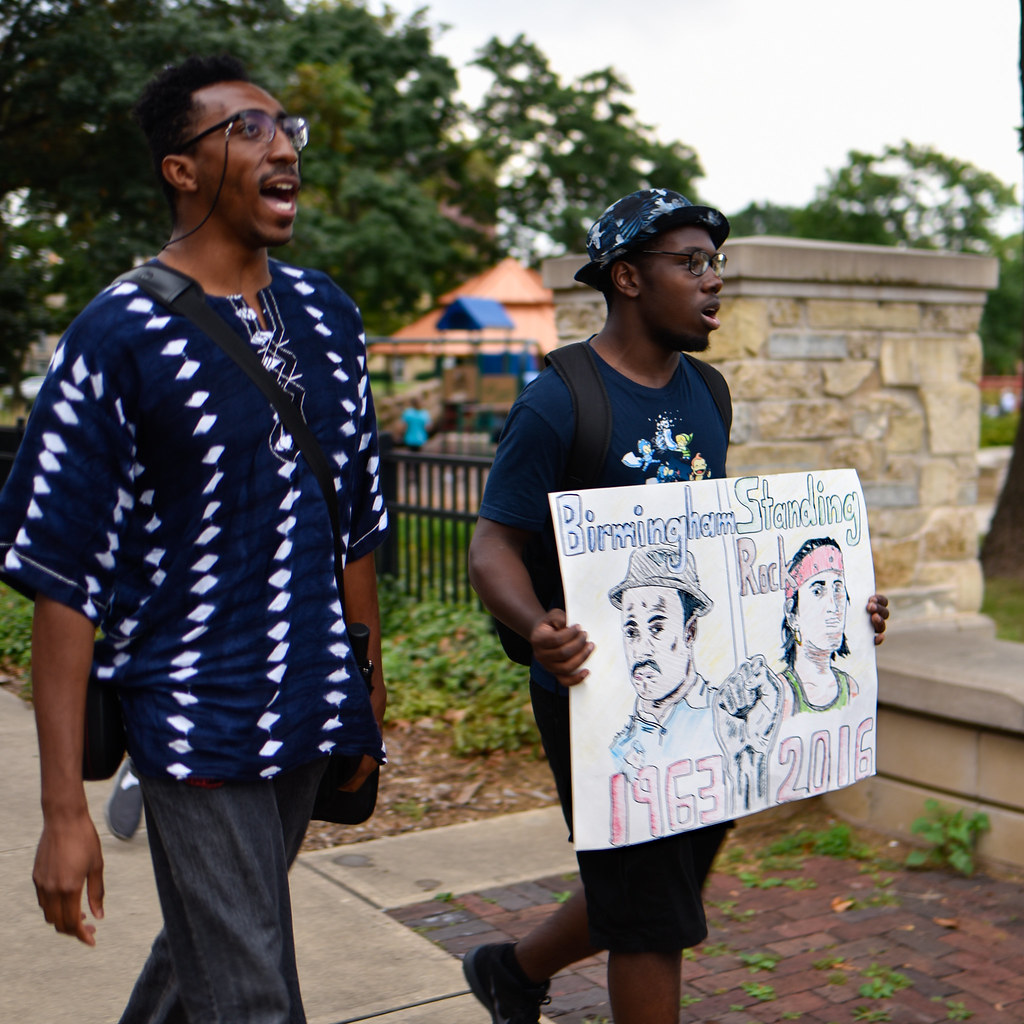You probably have seen talk about #NoDAPL making the rounds on social media over the past few months, and rightly so. This hashtag refers to the ongoing controversy surrounding the construction of an oil pipeline in North Dakota, the protests against it, and its implications for the people living on and around the Standing Rock reservation – and it’s about time we got talking about it.
What is the Dakota Access Pipeline? According to daplpipelinefacts.com – a site constructed to stress the benefits of the DAPL – it is a “1,172-mile…pipeline that will connect the rapidly expanding Bakken and Three Forks production areas in North Dakota to Patoka, Illinois.” The pipeline will carry light sweet crude oil, a type of petroleum that is commonly converted into gasoline. Supporters of the pipeline assert is has both national and locals benefits: its construction would reduce the need for foreign oil, allowing the US to reduce its imports and potentially become an exporter in the process. Secondly, it is argued that the pipeline will create revenue for the local economy by creating between 8,000 and 12,000 jobs, and generating an estimated $55 million in annual property taxes Daplpipelinefacts.com also claims that the pipeline will alleviate transport shortages for other industries in the area, yet it does not state exactly how that will be achieved.

The pipeline in construction, Image: Flickr.
However, the propositions have garnered much controversy due to the land it is being constructed on. The Standing Rock Sioux tribe of Native Americans have been the most vocal opponents of it, as it passes through their sacred land and poses a threat to their water supply. The tribe has argued:
“First, the pipeline would pass under the Missouri River (at Lake Oahe) just a half a mile upstream of the Tribe’s reservation boundary, where a spill would be culturally and economically catastrophic. Second, the pipeline would pass through areas of great cultural significance, such as sacred sites and burials that federal law seeks to protect.”
There was hope that they would be listened to when the Obama administration recently asked for a voluntary halting of construction within twenty miles east or west of Lake Oahe. However the longevity of this halting is unclear, and it only applies to a small area of construction, so many opponents decline to see this as progress.
Over the course of the summer, protests against the pipeline have grown from a small group at Standing Rock to a camp of more than 1,000 protestors from a variety of tribes across the United States. Notably, several tribes have dismissed their historical conflicts with each other to stand in solidarity with the Standing Rock Sioux. There have even been comparisons with the occupation of Wounded Knee in 1973, where approximately 200 Sioux and members of the American Indian Movement occupied the Pine Ridge Reservation.
[The DAPL] is tragically reminiscent of historical disregard for native people’s welfare.
The Sacred Stone Camp is now at the heart of opposition to the pipeline, acting as a focal point for protests that have remained peaceful despite police presence. However, close to 300 protestors have been arrested since protests began amidst largely debunked claims of violence and disorder, including actress Shailene Woodley, who filmed her arrest on 10th October. The protests have also received international backing, most notably in the form of a visit from Humberto Piaguaje, the leader of Ecuador’s Siekopai nation and representative of indigenous Ecuadorians who have been affected by the Chevron Corporation’s oil dumping in Ecuador. Global support has also come in the form of social media activism using the hashtags #NoDAPL and #waterislife.
So, why is this so important? There are three alarming concerns regarding the DAPL: firstly, it serves as a clear example of continuing oppression towards Native Americans. In disregarding the sacred nature of the land and the importance of the reservation to a people who have been forcibly displaced over centuries, the DAPL shows that rejection of Native people’s needs is still prevalent in the US. Some reactions to the protestors from white Americans have been shocking, from a young man claiming that protestors “[won’t stop him] from making 55 an hour” to a man running them over with a truck. As if disregard for the cultural significance of the land was not bad enough, supporters of the pipeline seem to have little concern for the potentially disastrous, and entirely plausible, effects of pipeline failure; it is tragically reminiscent of historical disregard for native people’s welfare.

Protestors in solidarity with Standing Rock, Image: Flickr.
Secondly, the brutality of police tactics used against protestors – pepper spray, tear gas and attack dogs to name a few – is not only abhorrent in its use, but a continuation in the widespread misuse of force against minorities in the US. Although this brutality is by no means comparable to police brutality against black Americans, it does show that issues of discrimination are not linked to one race. This is part of the reason why many Black Lives Matter protestors have come out in support of DAPL protestors.
Lastly, the safety issues with the DAPL are not to be overlooked; pipeline failures are more common than would be expected in the US. A notable example is the 1989 San Bernardino incident: a train derailed, rupturing a pipeline and causing a fire that killed 2 people and destroyed 11 houses. In 2000, a pipeline explosion in New Mexico killed 10 campers, 5 of whom were children. The NTSB has an extensive list of reports on pipeline incidents up to 2013; safety concerns are certainly not unfounded.
So how can we help from the UK? At the most basic level, engaging with online discussions and contributing to #NoDAPL will help bring people’s attention to the cause and further the spread of opposition. There is also a Standing Rock fund and a Legal Defence Fund that you may wish to donate to. If nothing else, as the title of this article suggests, we need to talk about the pipeline. The more attention we bring to it, the more help we may be able to offer in protecting the water, land and history of the Standing Rock Sioux.



